Delta Airlines 2003 Annual Report Download - page 55
Download and view the complete annual report
Please find page 55 of the 2003 Delta Airlines annual report below. You can navigate through the pages in the report by either clicking on the pages listed below, or by using the keyword search tool below to find specific information within the annual report.-
 1
1 -
 2
2 -
 3
3 -
 4
4 -
 5
5 -
 6
6 -
 7
7 -
 8
8 -
 9
9 -
 10
10 -
 11
11 -
 12
12 -
 13
13 -
 14
14 -
 15
15 -
 16
16 -
 17
17 -
 18
18 -
 19
19 -
 20
20 -
 21
21 -
 22
22 -
 23
23 -
 24
24 -
 25
25 -
 26
26 -
 27
27 -
 28
28 -
 29
29 -
 30
30 -
 31
31 -
 32
32 -
 33
33 -
 34
34 -
 35
35 -
 36
36 -
 37
37 -
 38
38 -
 39
39 -
 40
40 -
 41
41 -
 42
42 -
 43
43 -
 44
44 -
 45
45 -
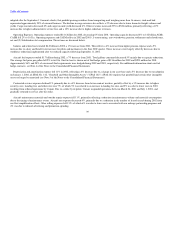 46
46 -
 47
47 -
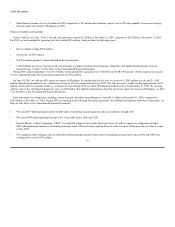 48
48 -
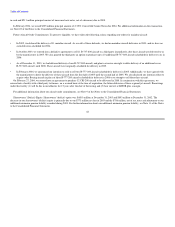 49
49 -
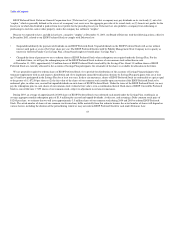 50
50 -
 51
51 -
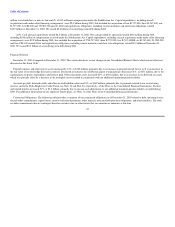 52
52 -
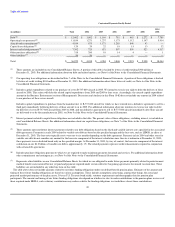 53
53 -
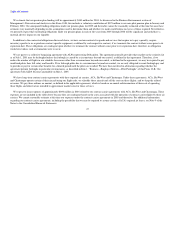 54
54 -
 55
55 -
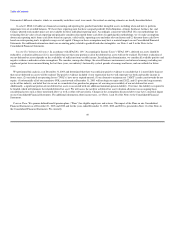 56
56 -
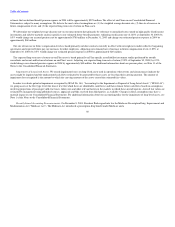 57
57 -
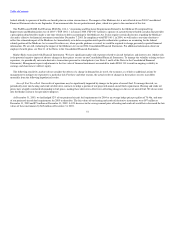 58
58 -
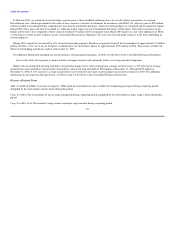 59
59 -
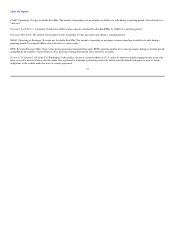 60
60 -
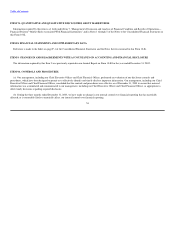 61
61 -
 62
62 -
 63
63 -
 64
64 -
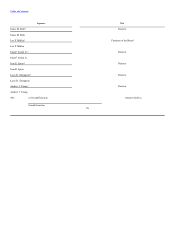 65
65 -
 66
66 -
 67
67 -
 68
68 -
 69
69 -
 70
70 -
 71
71 -
 72
72 -
 73
73 -
 74
74 -
 75
75 -
 76
76 -
 77
77 -
 78
78 -
 79
79 -
 80
80 -
 81
81 -
 82
82 -
 83
83 -
 84
84 -
 85
85 -
 86
86 -
 87
87 -
 88
88 -
 89
89 -
 90
90 -
 91
91 -
 92
92 -
 93
93 -
 94
94 -
 95
95 -
 96
96 -
 97
97 -
 98
98 -
 99
99 -
 100
100 -
 101
101 -
 102
102 -
 103
103 -
 104
104 -
 105
105 -
 106
106 -
 107
107 -
 108
108 -
 109
109 -
 110
110 -
 111
111 -
 112
112 -
 113
113 -
 114
114 -
 115
115 -
 116
116 -
 117
117 -
 118
118 -
 119
119 -
 120
120 -
 121
121 -
 122
122 -
 123
123 -
 124
124 -
 125
125 -
 126
126 -
 127
127 -
 128
128 -
 129
129 -
 130
130 -
 131
131 -
 132
132 -
 133
133 -
 134
134 -
 135
135 -
 136
136 -
 137
137 -
 138
138 -
 139
139 -
 140
140 -
 141
141 -
 142
142 -
 143
143 -
 144
144 -
 145
145 -
 146
146 -
 147
147 -
 148
148 -
 149
149 -
 150
150 -
 151
151 -
 152
152 -
 153
153 -
 154
154 -
 155
155 -
 156
156 -
 157
157 -
 158
158 -
 159
159 -
 160
160 -
 161
161 -
 162
162 -
 163
163 -
 164
164 -
 165
165 -
 166
166 -
 167
167 -
 168
168 -
 169
169 -
 170
170 -
 171
171 -
 172
172 -
 173
173 -
 174
174 -
 175
175 -
 176
176 -
 177
177 -
 178
178 -
 179
179 -
 180
180 -
 181
181 -
 182
182 -
 183
183 -
 184
184 -
 185
185 -
 186
186 -
 187
187 -
 188
188 -
 189
189 -
 190
190 -
 191
191 -
 192
192 -
 193
193 -
 194
194 -
 195
195 -
 196
196 -
 197
197 -
 198
198 -
 199
199 -
 200
200 -
 201
201 -
 202
202 -
 203
203 -
 204
204 -
 205
205 -
 206
206 -
 207
207 -
 208
208 -
 209
209 -
 210
210 -
 211
211 -
 212
212 -
 213
213 -
 214
214 -
 215
215 -
 216
216 -
 217
217 -
 218
218 -
 219
219 -
 220
220 -
 221
221 -
 222
222 -
 223
223 -
 224
224 -
 225
225 -
 226
226 -
 227
227 -
 228
228 -
 229
229 -
 230
230 -
 231
231 -
 232
232 -
 233
233 -
 234
234 -
 235
235 -
 236
236 -
 237
237 -
 238
238 -
 239
239 -
 240
240 -
 241
241 -
 242
242 -
 243
243 -
 244
244 -
 245
245 -
 246
246 -
 247
247 -
 248
248 -
 249
249 -
 250
250 -
 251
251 -
 252
252 -
 253
253 -
 254
254 -
 255
255 -
 256
256 -
 257
257 -
 258
258 -
 259
259 -
 260
260 -
 261
261 -
 262
262 -
 263
263 -
 264
264 -
 265
265 -
 266
266 -
 267
267 -
 268
268 -
 269
269 -
 270
270 -
 271
271 -
 272
272 -
 273
273 -
 274
274 -
 275
275 -
 276
276 -
 277
277 -
 278
278 -
 279
279 -
 280
280 -
 281
281 -
 282
282 -
 283
283 -
 284
284 -
 285
285 -
 286
286 -
 287
287 -
 288
288 -
 289
289 -
 290
290 -
 291
291 -
 292
292 -
 293
293 -
 294
294 -
 295
295 -
 296
296 -
 297
297 -
 298
298 -
 299
299 -
 300
300 -
 301
301 -
 302
302 -
 303
303 -
 304
304
 |
 |

Table of Contents
As discussed above, we changed the form of payment we will use to redeem shares of ESOP Preferred Stock when redemptions are required under the
Savings Plan. For the indefinite future, we will pay the redemption price of the ESOP Preferred Stock in shares of our common stock rather than in cash. For
additional information about our ESOP Preferred Stock, see Notes 11 and 12 of the Notes to the Consolidated Financial Statements.
For additional information about other contingencies, see Note 9 of the Notes to the Consolidated Financial Statements.
Off-Balance Sheet Arrangements.
Sale of Receivables. We were party to an agreement, as amended, under which we sold a defined pool of our accounts receivable, on a revolving basis,
through a special-purpose, wholly-owned subsidiary to a third party. In accordance with accounting principles generally accepted in the United States of
America ("GAAP"), we did not consolidate this subsidiary in our Consolidated Financial Statements. This agreement terminated on its scheduled expiration
date of March 31, 2003. As a result, on April 2, 2003, we paid $250 million, which represented the total amount owed to the third party by the subsidiary, and
subsequently collected the related receivables. For additional information about this agreement, see Note 8 of the Notes to the Consolidated Financial
Statements.
Other.
Legal Contingencies. We are involved in legal proceedings relating to antitrust matters, employment practices, environmental issues and other matters
concerning our business. We are also a defendant in numerous lawsuits arising out of the terrorist attacks of September 11, 2001. We cannot reasonably
estimate the potential loss for certain legal proceedings because, for example, the litigation is in its early stages or the plaintiff does not specify the damages
being sought. Although the ultimate outcome of our legal proceedings cannot be predicted with certainty, we believe that the resolution of these actions will
not have a material adverse effect on our Consolidated Financial Statements.
Application of Critical Accounting Policies.
Critical Accounting Estimates. The preparation of financial statements in conformity with GAAP requires management to make certain estimates and
assumptions. We periodically evaluate these estimates and assumptions, which are based on historical experience, changes in the business environment and
other factors that management believes to be reasonable under the circumstances. Actual results may differ materially from these estimates.
Rules proposed by the Securities and Exchange Commission would require disclosures related to accounting estimates management makes in applying
accounting policies and the initial adoption of an accounting policy that has a material impact on its financial statements. These Rules define critical
accounting estimates as those accounting estimates which (1) require management to make assumptions about matters that are highly uncertain at the time the
estimate is made and (2) would have resulted in material changes to our Consolidated Financial
48
